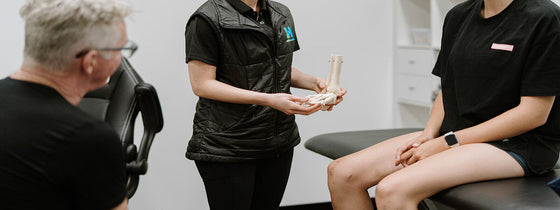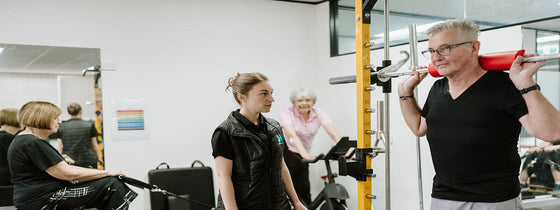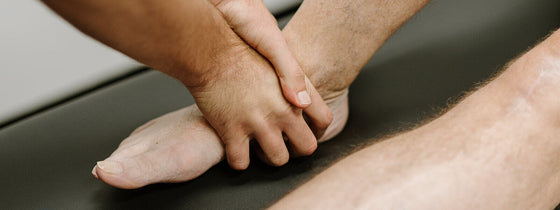Lateral hip pain can be debilitating. Often, this pain can be attributed to a condition called gluteal tendinopathy. In simple terms, this is an overload of the gluteal tendon at the point where it attaches onto your leg bone. Most commonly, this is seen in the gluteus medius.
Tendinopathies are generally classified as tensile or compressive. Tensile means there has been too much pulling onto the tendon, whereas compressive refers to the tendon having been squashed. We usually find that gluteal tendinopathy is of the compressive variety. Pain can arise when the leg is taken across the body into hip adduction as this can squash the tendon into the top of your leg bone – an area known as your greater trochanter.
This condition is often experienced by women in middle age, or older. Pain is usually experienced lying on the affected side in bed, walking or during activities that involve time spent on one leg. It can also be felt when crossing the legs while sitting.
Thankfully, there are simple ways to improve this condition and help you live your life, pain-free.
The two most important things to address when dealing with gluteal tendinopathy are modifying the amount of compressive load on the tendon and building strength in the musculature around the hip.
Working with your physio to understand the triggers that aggravate your tendon will help to minimise the compression causing the pain. They will then be able to create a personalised strengthening program to target the area and improve your symptoms. The program will start with whatever exercise you can tolerate and will gradually progress until you can perform whatever it is that you love doing – completely free from pain!

If you're experiencing back or neck pain with neurological signs and symptoms, a thorough neurological examination is crucial for accurate assessment and effective treatment. In this Optimal Tip learn more about what we mean by completing a neurological exam!

Squats, deadlifts, and calf raises are key movement patterns that should be part of every strength and conditioning program—regardless of age and activity level. These functional movements support joint health, improve posture and balance, and reduce the risk of injury while building strength where it matters most.

A ganglion cyst is a fluid-filled swelling that typically forms over a joint or tendon sheath, causing discomfort and pain, especially when pressing against nerves or joints. Proper assessment and treatment, including physiotherapy, are essential for managing symptoms and improving function in the presence of a ganglion in your hand, foot, or wrist.